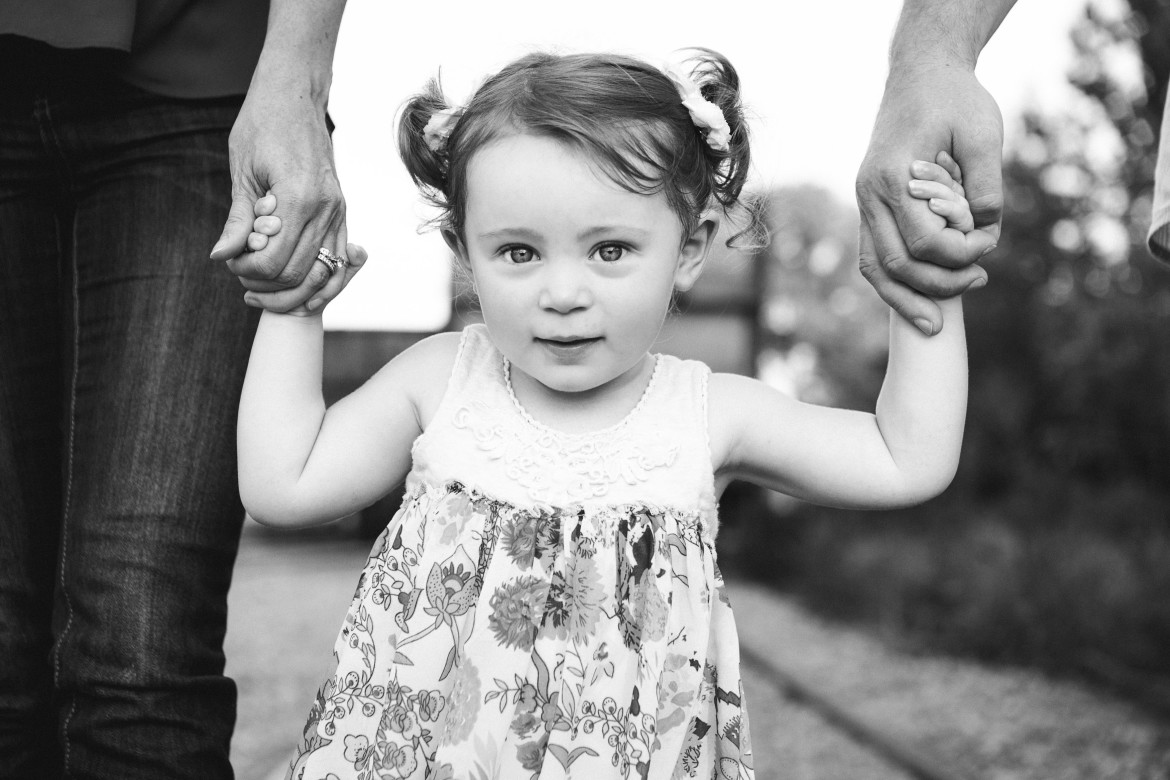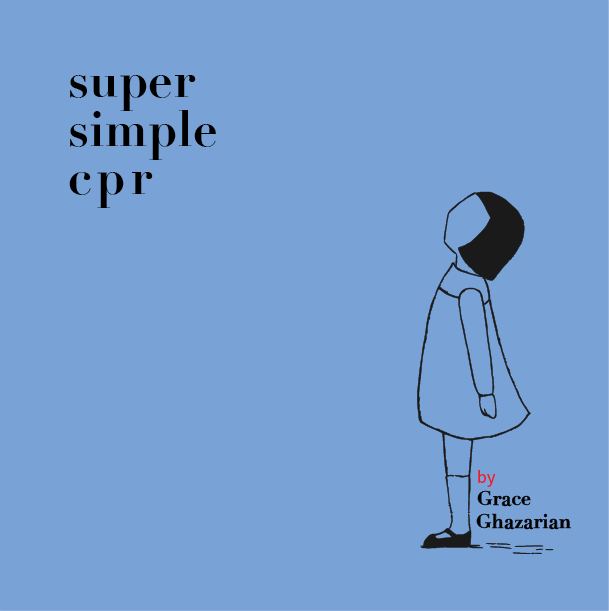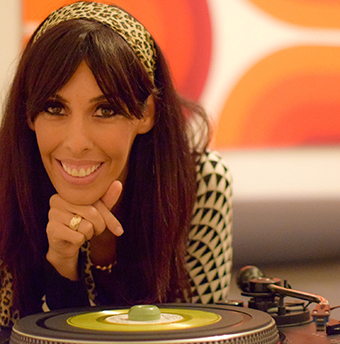WHAT MIGHT SURPRISE YOU ABOUT DAYCARES

I’m a third child. The baby. The last one. Anyone else out there know what that means? For me, being the youngest meant that I had to assimilate to the behaviors of my older brothers for the chance to fit in. Well, we all know that this is how it works in the family setting…but what about a childcare setting?
There is a growing amount of concern in mixing infants with toddlers and older children in the childcare setting. While safety is always a valid concern, it is important to consider the benefits to both age-groups in a well-supervised environment. A research study was birthed out of a natural observation. Infants and toddlers on the opposite end of a wall-less room were always interested in what the other group was doing. It is well accepted that peer interaction is healthy for children, but what happens when infants interact with toddlers and toddlers? Here are a few things that stood out from the research.

Featured Photo & This Photo Credit: Andrea Farmer Photography
3 BENEFITS OF INFANT/TODDLER INTERACTION
1. Initiating Routines. As the months went on and the infants grew, they began to engage in and initiate daily routines like hand-washing. In the study, one infant crawled to this sink before snack time with no prompting. The teacher carried her up and helped her wash her hands. The pattern kept up until that infant was able to walk to the sink and snack table with no assistance. Think of the other good habits that can be formed by modeling and observation.
2. Empathy. The toddlers and 2 year-olds had a strong sense of empathy for the infants. They helped with caregiving (with the supervision and assistance from the adults). They would help with diapering, feeding, and consoling the infants. Soon this empathy spread to their agemates. How precious is that? Precious and PRICELESS to find a “mostly-selfless” tot!
3. Spontaneous Interaction. While the researchers had specifically planned activities for interaction between the different age groups, they noticed that the infants and toddlers looked for opportunities to interact and communicate. They enjoyed each other’s company.
While the number of children observed in this research was small, it does make a few very valid considerations. As with any research, it’s important to evaluate the findings against your own worldview. All in all, it may be worth asking your childcare center if there are planned times of interaction between the different age groups.
YOUR THOUGHTS?
What do you think about this research? Would you feel comfortable with your infant exposed to older children if the staff was carefully supervising for safety? Do you think it’s good for the toddler? Share your comments below!


 Hi, I'm Grace. I help parents feel more confident about CPR and provide research-based resources for healthy families. Read more about me and Precious Hearts
Hi, I'm Grace. I help parents feel more confident about CPR and provide research-based resources for healthy families. Read more about me and Precious Hearts